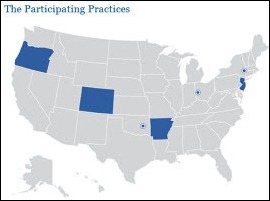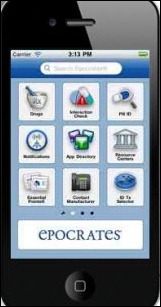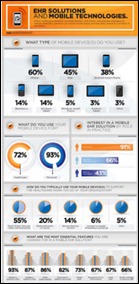News 8/23/12
Walgreens plans to deploy the WellHealth EHR, built upon Greenway Medical Technologies’ EHR platform, to nearly 8,000 stores over the next year. The WellHealth EHR platform, which is already installed at 200 sites, provides pharmacy staff with a single patient view of immunizations, testing history, and prescription history.
CMS selects 500 primary care practices across seven regions to participate in the Comprehensive Primary Care initiative, which will pay primary care practices a care management fee of $20 per month per beneficiary to support enhanced coordinated services on behalf of Medicare FFS beneficiaries. Participating practices were selected based on their use of HIT, ability to demonstrate recognition of advanced primary care delivery, and participation in practice transformation and improvement activities.
CPU Medical Management, a division of MED3OOO, announces a vendor partnership with eBridge to offer a combined PM and document imaging solution.
Quest Diagnostics certifies Meditab Software’s Intelligent Medical Software as a Gold Health IT Quality Solution that provides a streamlined and interoperable solution with Quest’s lab orders and results.
If you are a physician, you are more likely to experience symptoms of burnout than individuals in other professions, according to a study published in the Archives of Internal Medicine. Of 7,299 physicians surveyed, almost half claim to be emotionally exhausted or feeling a high degree of cynicism, or depersonalization toward patients. The specialties with highest burnout rates are emergency medicine, family practice, and internal medicine.
Mobile health app store Happtique pilots mRx, a solution that enables physicians to prescribe medical, health, and fitness apps to their patients. Physicians and licensed health practitioners, such as nurses, dietitians, and therapists can select apps to prescribe and Happtique will track how many times patients clicked the “fill” button after an app prescription is sent. App usage, however, will not be measured, nor will clinical outcomes. My take: sounds fun but it won’t take long for patients to lose interest.



















The article about Pediatric Associates in CA has a nugget with a potentially outsized impact: the implication that VFC vaccines…